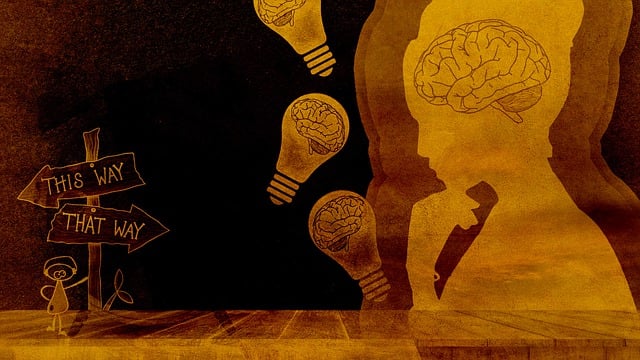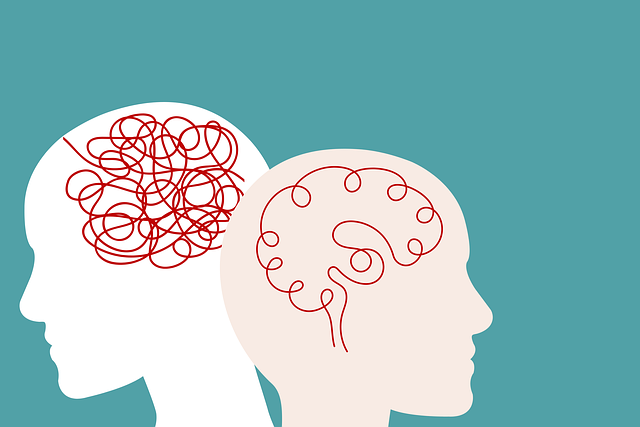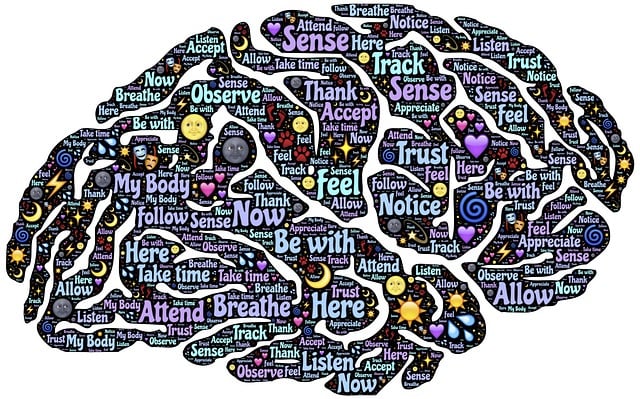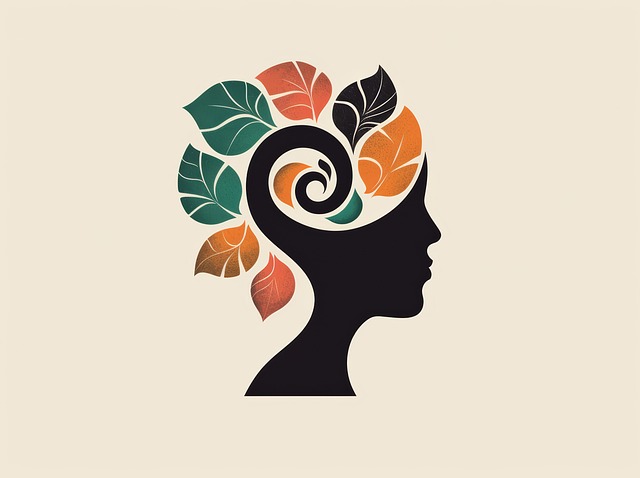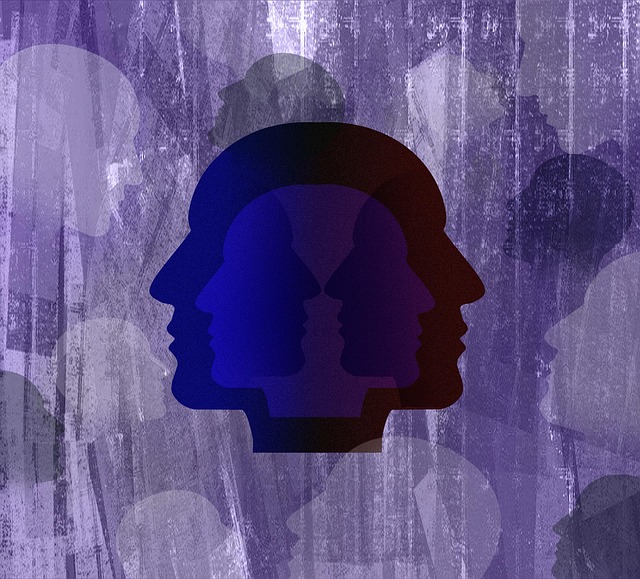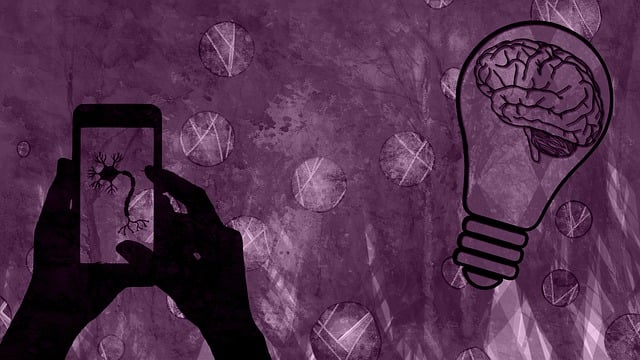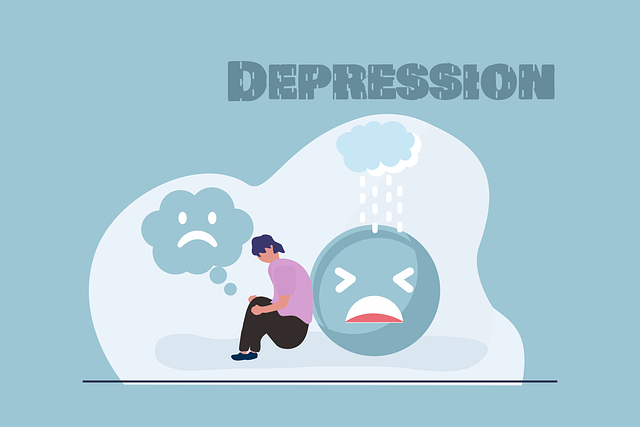Centennial EMDR Therapy is an effective approach to mental health program design, promoting open dialogue, breaking stigmas, and fostering inclusive practices through cultural competency training. Combining this therapy with coping skills development and self-care creates a supportive community, empowering individuals to navigate challenges resiliently. Interactive learning strategies, like role-playing and journaling exercises, enhance knowledge retention and understanding of complex concepts. Customized programs catering to diverse audiences, including age groups, backgrounds, and cultures, ensure inclusivity and relevance. Measuring impact through evidence-based practices and participant feedback ensures continuous improvement, fostering a holistic approach to mental wellness education.
“In today’s fast-paced world, mental health education is more vital than ever. This comprehensive guide explores the design of an innovative program aimed at addressing this critical aspect of well-being. From ‘Understanding Mental Health’ to creating inclusive spaces and leveraging ancient techniques like Centennial EMDR Therapy, we delve into strategic curriculum design.
Additionally, we examine implementation best practices, accessibility considerations, and measurement strategies to ensure the program’s success and longevity.”
- Understanding Mental Health: Debunking Stigma and Creating a Safe Space
- The Role of EMDR Therapy: A Centennial Approach to Healing
- Designing an Educational Curriculum: Engaging and Interactive Learning Strategies
- Implementation and Logistics: Ensuring Accessibility and Customization for Diverse Audiences
- Measuring Impact and Continuous Improvement: Evaluating the Effectiveness of the Program
Understanding Mental Health: Debunking Stigma and Creating a Safe Space

Understanding Mental health is a cornerstone of any comprehensive program design. By implementing Centennial EMDR Therapy techniques, individuals can learn to recognize and manage their mental well-being effectively. This involves debunking prevalent stigmas associated with mental illness, fostering an environment free from judgment, and encouraging open conversations. Creating safe spaces where participants feel comfortable sharing their experiences is vital for breaking down barriers and promoting healing.
Incorporating Healthcare Provider Cultural Competency Training enhances the program’s effectiveness. It equips facilitators to address diverse cultural perspectives on mental health, ensuring inclusive practices. Furthermore, focusing on Coping Skills Development and Self-Care Practices empowers individuals to navigate life’s challenges resiliently. Through interactive exercises and shared learning, participants gain tools to enhance their overall mental health and build a supportive community.
The Role of EMDR Therapy: A Centennial Approach to Healing

In the realm of mental health education program design, integrating Centennial EMDR Therapy offers a powerful approach to healing and well-being. This innovative therapy, now over a century old, has revolutionized the way we address trauma and emotional distress. By focusing on both the past and present, EMDR helps individuals process traumatic memories and resolve unhealed wounds, thereby enhancing their ability to navigate life’s challenges with resilience.
Centennial EMDR Therapy is more than just a technique; it’s a holistic framework that incorporates conflict resolution techniques and fosters deep emotional healing processes. This approach encourages clients to confront and transform distressing memories while cultivating coping strategies for present-day stressors. As mental health education programs design continue to evolve, embracing Centennial EMDR Therapy can significantly contribute to the development of comprehensive, effective interventions aimed at promoting mental well-being.
Designing an Educational Curriculum: Engaging and Interactive Learning Strategies

Designing an engaging educational curriculum is paramount when creating a mental health program. Interactive learning strategies can significantly enhance knowledge retention and foster a supportive environment for individuals exploring their mental wellness. Incorporating hands-on activities, group discussions, and dynamic presentations allows participants to actively engage with the material, fostering a deeper understanding of complex concepts like Centennial EMDR Therapy.
For instance, integrating Mental Wellness Journaling Exercises into the curriculum provides individuals with a personal space to reflect and process their experiences. This guidance encourages self-exploration, a key aspect of building mental resilience. Additionally, interactive elements like role-playing scenarios or case studies can help participants develop confidence in applying learned strategies to real-life challenges, ultimately boosting their ability to navigate and manage their Mental Wellness effectively.
Implementation and Logistics: Ensuring Accessibility and Customization for Diverse Audiences

Implementing a mental health education program requires careful consideration of logistics and accessibility to cater to diverse audiences. Customization is key; each community has unique needs, especially when addressing mental wellness issues that intersect with cultural identities. For instance, a program focusing on Centennial EMDR Therapy should be adaptable enough to accommodate different age groups, socioeconomic backgrounds, and cultural contexts.
This adaptability ensures that the Mental Health Awareness initiative resonates with everyone, regardless of their background. Healthcare Provider Cultural Competency Training is an integral part of this process, enabling professionals to deliver services sensitively and effectively. By embracing customization, we can ensure that our approach to mental wellness education is inclusive, relevant, and impactful for all.
Measuring Impact and Continuous Improvement: Evaluating the Effectiveness of the Program

Measuring the impact of a mental health education program is an essential step in ensuring its long-term success and effectiveness. This process involves a comprehensive evaluation of various aspects, including knowledge gain, attitude shifts, and behavioral changes among participants. One powerful tool for assessing the reach of such programs is the Centennial EMDR Therapy model, which emphasizes evidence-based practices. By utilizing standardized assessment tools and self-reported surveys, program organizers can gauge the depth of understanding and skills acquired by attendees.
Moreover, fostering continuous improvement requires a feedback loop that incorporates participant insights. This may include focus groups or individual interviews to explore their experiences and suggestions for enhancement. Incorporating aspects like Cultural Sensitivity in Mental Healthcare Practice, Stress Management, and Conflict Resolution Techniques into the evaluation process allows for a nuanced understanding of the program’s impact on diverse populations. Regularly reviewing and adapting the curriculum based on these insights ensures that the mental health education program remains relevant, accessible, and highly effective in meeting the evolving needs of its participants.
Mental health education programs, with a focus on debunking stigma and integrating innovative therapies like Centennial EMDR, can significantly improve accessibility and effectiveness. By employing engaging, interactive curricula and tailoring them to diverse audiences, we create safe spaces for learning and healing. Continuous evaluation ensures these programs remain impactful and adaptable, fostering positive mental health outcomes for all.
